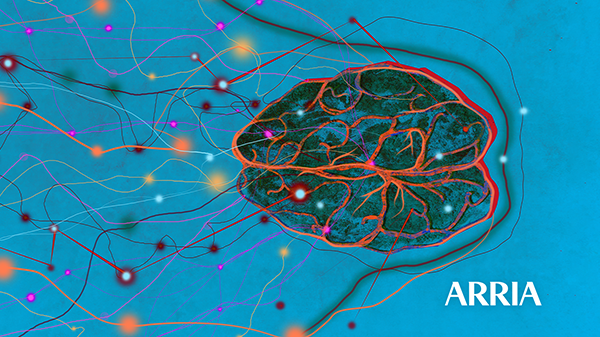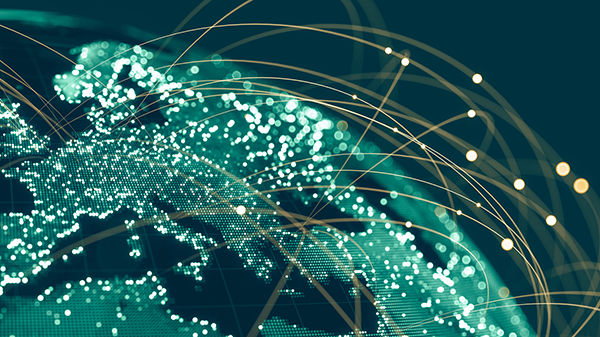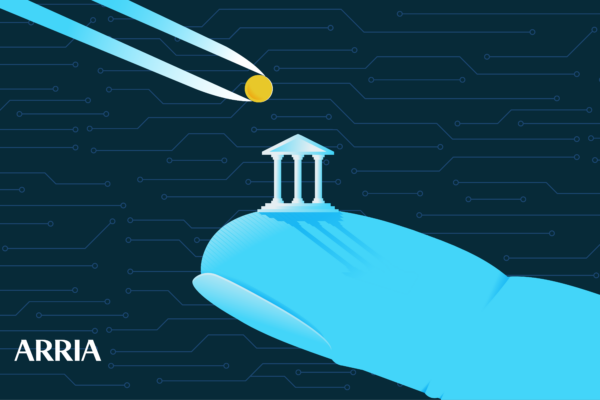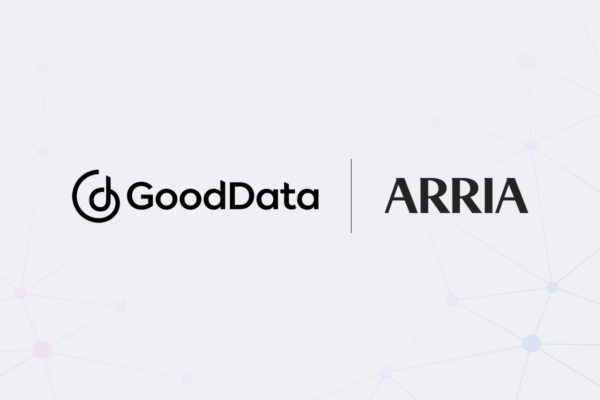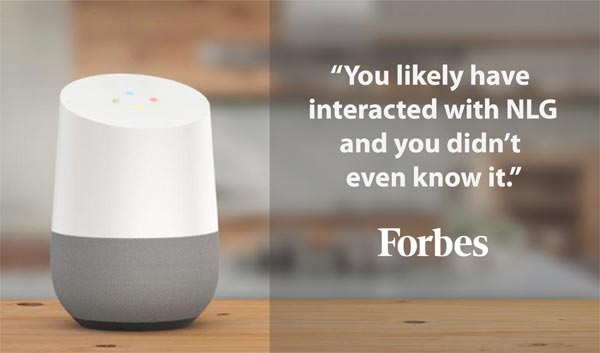
IN OUR EVERYDAY LIVES, we encounter natural language generation (NLG) in many ways that go beyond asking Alexa for the forecast or Siri for directions. As the technology for natural language generation improves, we will experience even more applications where machines produce easy-to-consume natural narratives that are on par or possibly even better than human-generated content.
What is natural language generation?
Natural language generation is a subset of artificial intelligence that takes data in and transforms it into language that sounds natural, as if a human was writing or speaking the content. While this capability isn’t new, it is much more sophisticated today and there is a significant uptick in adoption of NLG enterprise-wide to improve operational efficiency, human productivity and even customer engagement. A machine is able to process an extraordinary amount of data with a high level of accuracy and the goal of NLG systems is to determine how best to communicate the findings or analysis of the data. When organizations use machines to automate the more routine communication tasks, it frees up humans to focus on more complex communication initiatives.
We’re in the era of advanced NLG and machines can communicate just like humans. NLG systems identify what might be interesting or vital to communicate to a specific audience and then transforms that intelligent insight to create content packed with audience-relevant info and writes it in conversational language.
“Where NLG is really good is where you have information from a lot of sources that needs to be combined, integrated and presented to various audiences,” said Ehud Reiter, professor of computing science and chief scientist for Arria in an article for Computer Weekly.
What’s the difference between natural language generation and natural language processing (NLP)?
When trying to distil the differences of NLG and NLP into the most simplified version, you can think of NLG as the writer and NLP as the reader who consumes what NLG technology writes. NLG begins with the data and unlocks the meaning to turn the data into language and then communicates it. NLP then takes over to look at the language and then figures out what message is being communicated.
